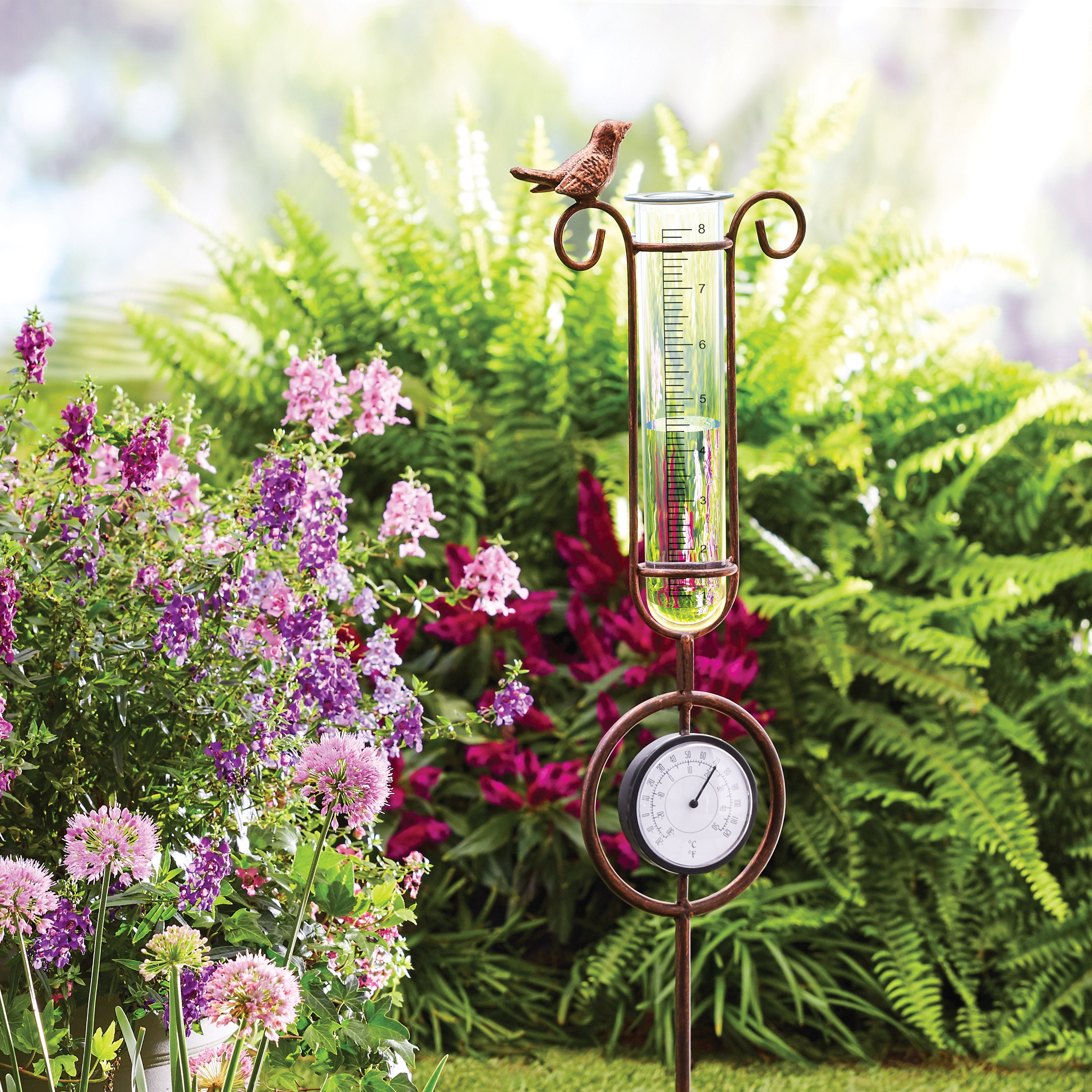The Rain Gauge: An Important Device for Checking Precipitation Levels
The Rain Gauge: An Important Device for Checking Precipitation Levels
Blog Article
DIY Rainfall Gauge: Straightforward Actions to Make Your Own
Are you thinking about tracking rainfall in your location? Developing your very own do it yourself rain scale is a efficient and easy method to tape and measure rainfall. With just a couple of common products and some fundamental steps, you can easily build your own rain scale in your home. In this overview, we will provide you with a detailed procedure to assist you develop your very own rainfall gauge. No need for any type of specialized knowledge or devices - this project can be finished by anybody. By following these basic directions, you will have a trusted tool to gauge rainfall and add to your understanding of the regional climate patterns. Allow's get started on making your DIY rainfall scale today!
Gather Materials
To start creating your Do it yourself rain gauge, collect all the necessary products making use of a thorough listing of things. Having the ideal materials on hand will make certain the successful production of your rain scale and allow for exact measurements of rains. Gathering these products in advance will enhance the construction process and make sure that you have every little thing you need to produce your very own Do it yourself rain gauge.
Prepare the Container

Mark the Measurement Increments
To properly determine the amount of rains, precisely marking the dimension increments on your DIY rain scale is crucial. Without clear and specific markings, it would be hard to figure out the exact quantity of rainfall accumulated in your rainfall gauge. Below are the steps to mark the dimension increments on your rain scale.
First, choose the unit of dimension that you want to make use of. The most common devices for determining rains are inches and millimeters. Once you have actually selected the unit, make use of a long-term marker or water resistant paint to mark the increments on the side of your rain gauge. For inches, you can mark every quarter inch or every fifty percent inch, relying on your choice. For millimeters, you can note every 10 millimeters or every 20 millimeters.
When marking the increments, it is important to web make sure that they are uniformly spaced and clearly noticeable. Use a leader or measuring tape to make certain accuracy and consistency. In addition, make sure that the markings are immune to fading or abrading, as direct exposure to the components might cause them to weaken gradually.
Area the Rain Gauge Outdoors
The rain gauge should be placed outdoors to properly accumulate rainfall information. The location chosen for the rain scale need to be free and open from any kind of blockages that might potentially affect the measurement of read here rains. The Rain Gauge.
In addition, it is critical to place the rain gauge on a stable surface area, such as a level ground or a durable message. This will protect against any type of motion or tilting of the gauge, which can cause incorrect measurements. It is additionally a good idea to prevent placing the scale near any type of sources of artificial water, such as lawn sprinklers or drainage systems, as this can disrupt the accuracy of the dimensions.
Screen and Record Rain Data
Normal tracking and recording of rainfall information is vital for accurate information evaluation and interpretation. By monitoring rains measurements, you can obtain useful insights into climate patterns, environment patterns, and water resource management. To effectively check and tape rainfall data, it is vital to establish a regular and preserve consistent techniques.
First of all, ensure that your rainfall scale is placed in an open area away from barriers such as trees or buildings that might block rainfall. Furthermore, make certain the rain scale is degree and securely anchored to avoid any motion that can affect the precision of the dimensions.

When taping the rains data, it is necessary to keep in mind the date and time of each measurement. Utilize a leader or a measuring stick to figure out the rains deepness in the rain gauge, and record this information precisely.
To guarantee the accuracy of the measurements, it is advised to clear Web Site the rain gauge after each recording. This will certainly protect against any kind of overflow or dissipation from influencing succeeding dimensions.
Conclusion
To conclude, creating a DIY rainfall scale is a useful and simple means to keep track of and record rains data (The Rain Gauge). By adhering to the steps outlined in this post, you can easily collect materials, prepare the container, note the measurement increments, and put the rain scale outdoors. Consistently checking and tape-recording rains data can give important details for different objectives
Having the best products on hand will make sure the successful production of your rain gauge and permit for precise dimensions of rainfall.To properly determine the quantity of rainfall, properly noting the measurement increments on your DIY rainfall gauge is important.The rainfall gauge should be put outdoors to precisely collect rainfall information. The place chosen for the rainfall gauge need to be cost-free and open from any obstructions that could possibly impact the dimension of rainfall.In verdict, producing a DIY rain gauge is a sensible and simple method to check and videotape rainfall information.
Report this page